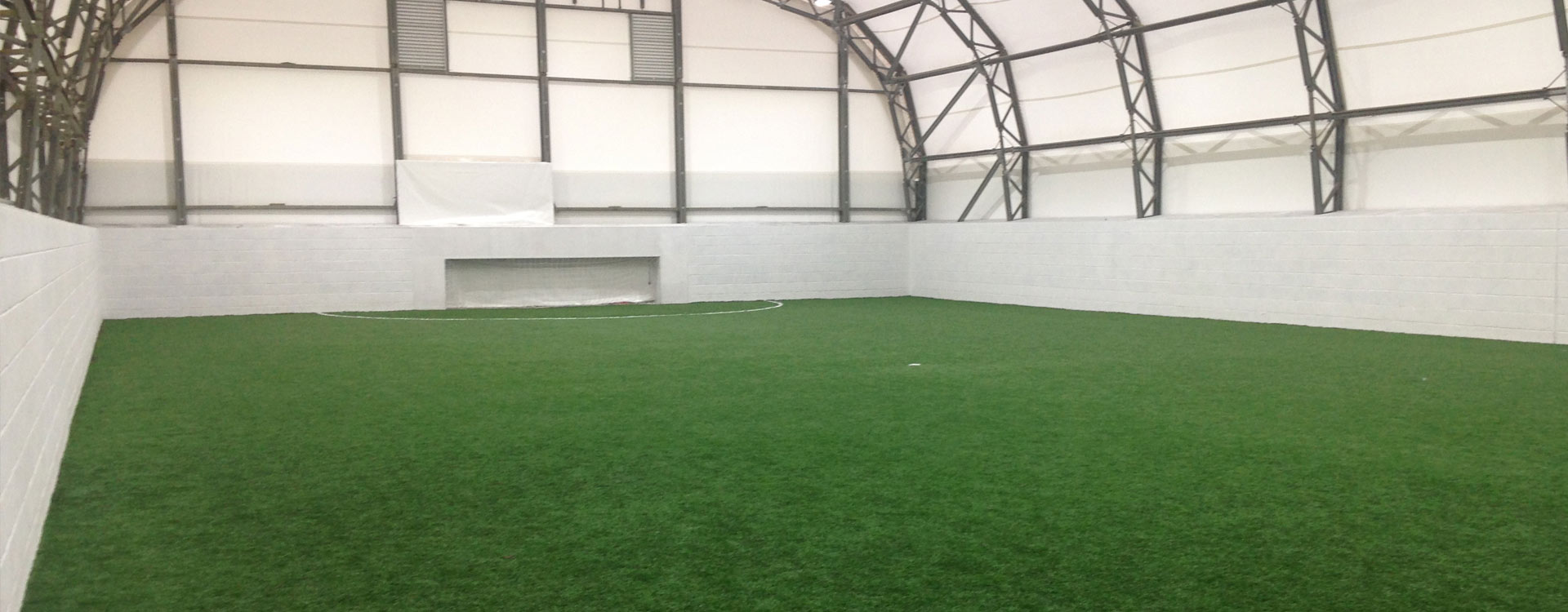
Recently, artificial grass has seen a huge increase in popularity in a wide variety of locations. Whether that be homes, nurseries and schools, sports facilities etc. people are starting to notice the benefits artificial has over organic.
The process of installing these products should be completed carefully by experienced contractors to ensure that the end result is the best possible quality.
Artificial Grass Installation Guide
Artificial grass can seem incredibly complicated and confusing when first looking into it. Once you know everything about it though, it becomes simpler than organic turf! Installing fake lawns offers so many customisable options and some extra benefits in which the natural surface struggles to meet.
With modern synthetic turf being UV stable, this eliminates the chance of the surface losing its colour through exposure to natural sunshine. You can also pick the shade of green that you wish to see your lawn as. Whether it is a bright green or dark green, any shade of green can be applied to the area for you. Check out this post as well to see the benefits of having an artificial grass garden.
Synthetic Turf Lawn Installers
When it comes to installing synthetic turf, it can be a long, tiring and expensive process to do if you try and install it by yourself. In addition, most people who end up trying to install artificial turf without any help from an installer usually damage the area in which they want to install the fake grass. This can make the process even harder especially when you’re trying to achieve the perfect lawn.
That’s why professional synthetic turf lawn installers are usually the best option to go with. Before you pick one though, it’s recommended that you do some background checks and receive some client references about the company, so you can understand a bit more about the installation process and timing.
Soft Surfaces can help with the installation of synthetic turf surfacing. We have completed many projects including school artificial grass for playgrounds and other areas.
With over 20 years of experience and a team made up of professionals, installing synthetic turf couldn’t be any easier. Just tell the team what kind of design you would like (colour of turf, depth of grass, measurements etc.) and we’ll get straight on it. Usually, it takes us around 2-3 days to complete an installation fully, but this really depends on the size and requirements of the project.
These products can be installed to domestic locations along with nursery gardens, visitor attractions and other outdoor spaces.
Laying a Fake Grass Lawn
The process of going from a muddy, dirty lawn to a clean, nice looking synthetic surface is quite long but our team will complete it to the highest standards. The process goes as follows:
- Remove the existing grass – The top layer of soil is removed to show the bottom layer.
- Compact the ground – A roller or vibrating plate is then used to flatten the bottom layer of soil.
- Prevent weeds from growing – We’ll place a weed blocking membrane over the ground. This decreases the chances of weeds from growing through and will allow vital drainage.
- Lay sand – Sand is then added on top of the membrane, which is compacted and sharp, with a minimum of 40mm.
- Place grass edging down – This will hold the artificial carpet in place and stop it from moving about. It’s usually made a bit smaller than the turf so that water can run off the edges.
- Rolling out the turf – When the previous steps are done, our team will then start to roll out the fake grass. This process should be done correctly (slowly and steady) or else the weed-killing membrane can be damaged.
- Let the carpet settle – For a minimum of three hours (preferably overnight though); the turf is left to settle to stop any wrinkling or creasing occurring.
- Cut and trim the edges – Excess synthetic turf is then cut off so the artificial grass fits perfectly in the specified area.
- Joining and pinning – Adhesive is applied underneath the grass to glue it firmly to the floor and together. Once the positioning is good, the turf will then be pinned down to hold it in position.
- Sand infill – Next we’ll apply a layer of sand throughout the surface which helps to keep the fibres upright and even.
- Brush up the carpet – Finally, a simple brush of the fibres will get the fake blades to stand up and look more natural, giving it a beautiful finish.
Not only can synthetic turf be installed on existing grassy areas, but it can be installed on concrete and follows a similar procedure to the one above. Enquire today to see for yourself.
- 3g 5-a-Side Football Pitch Installation in Hampshire
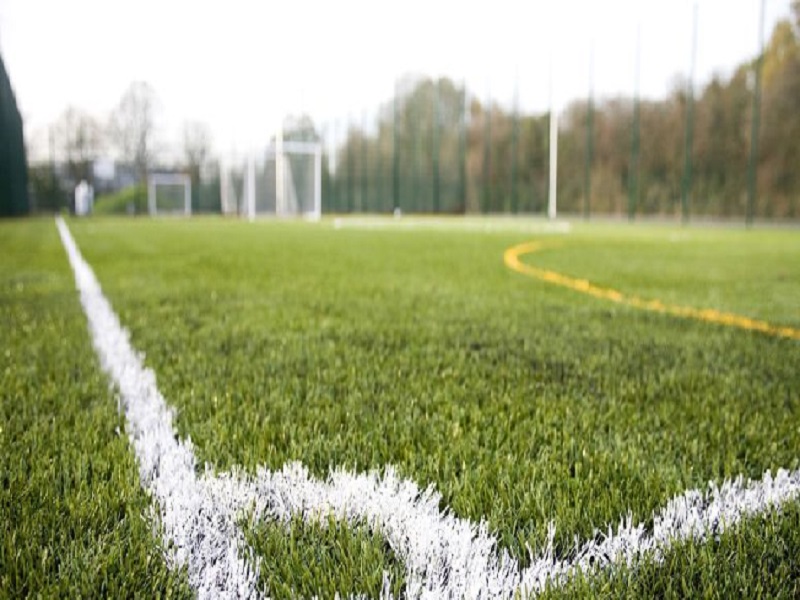
- 3G Artificial Grass Construction in Liverpool
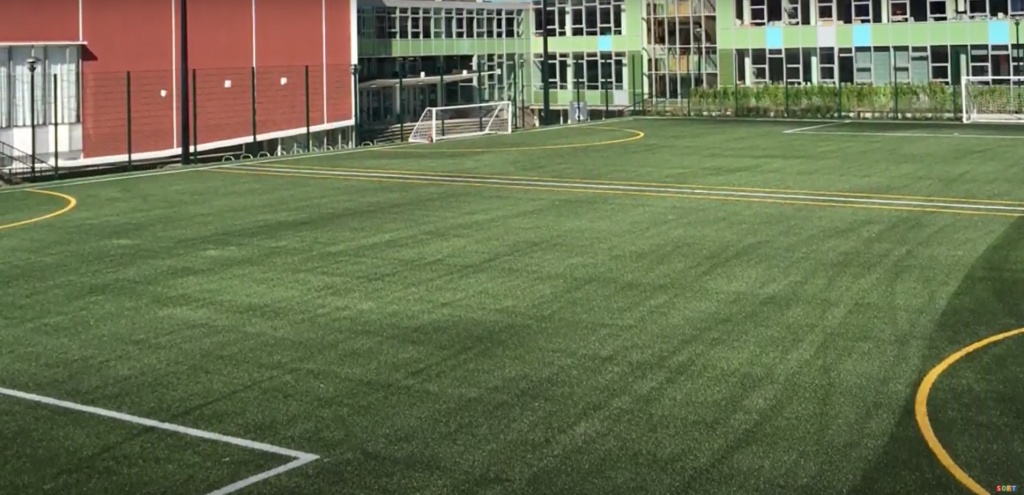
- 3g Artificial Pitch Surfacing in Whitehall, London
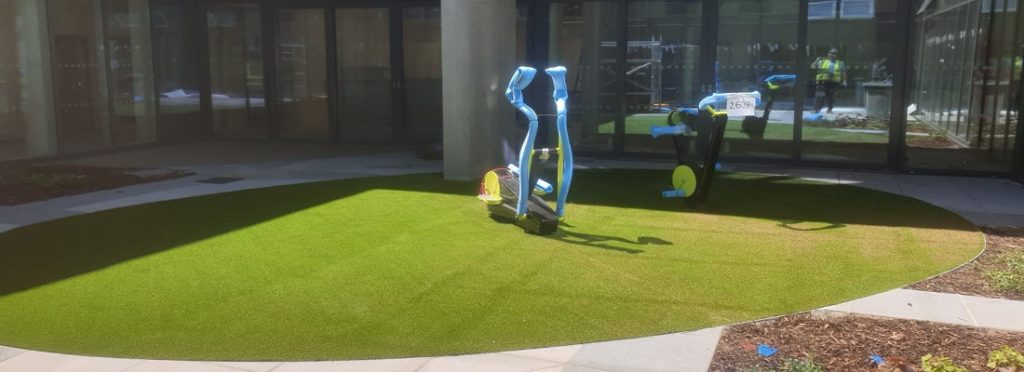
- 3g Artificial Sports Pitch Construction in Woking, Surrey
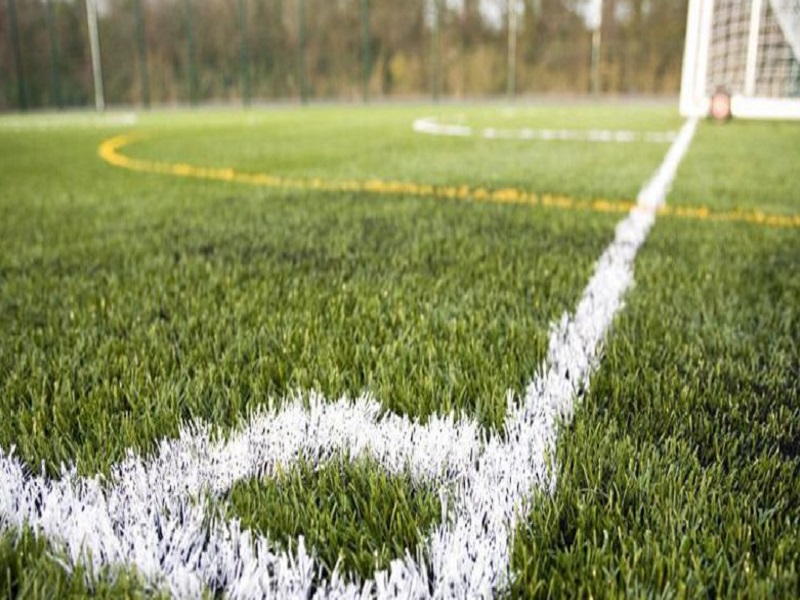
- 3g Artificial Sports Pitch Resurfacing Contractors
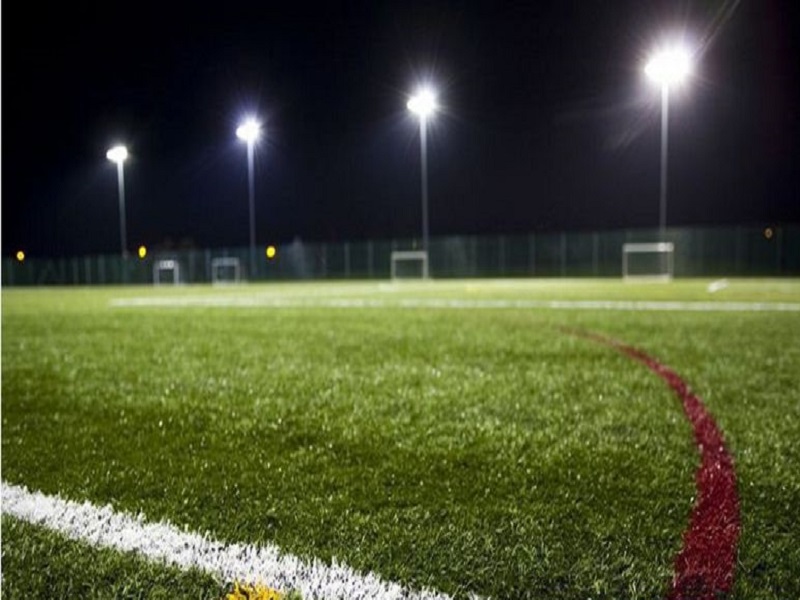
- 3G Artificial Sports Pitch Resurfacing in Woking, Surrey
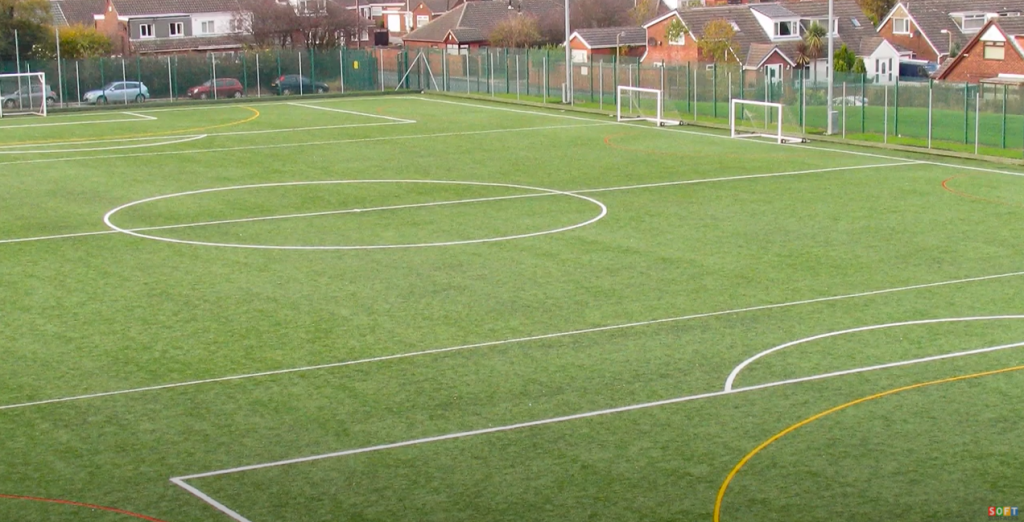
- 3g Football Pitch Resurfacing in Cheltenham Gloucestershire
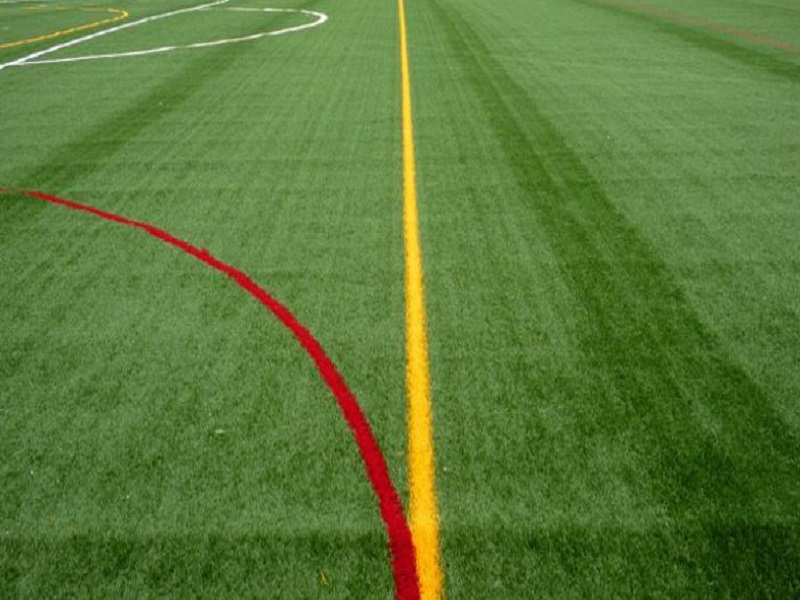
- 3g Football Pitch Resurfacing in Hackney, London
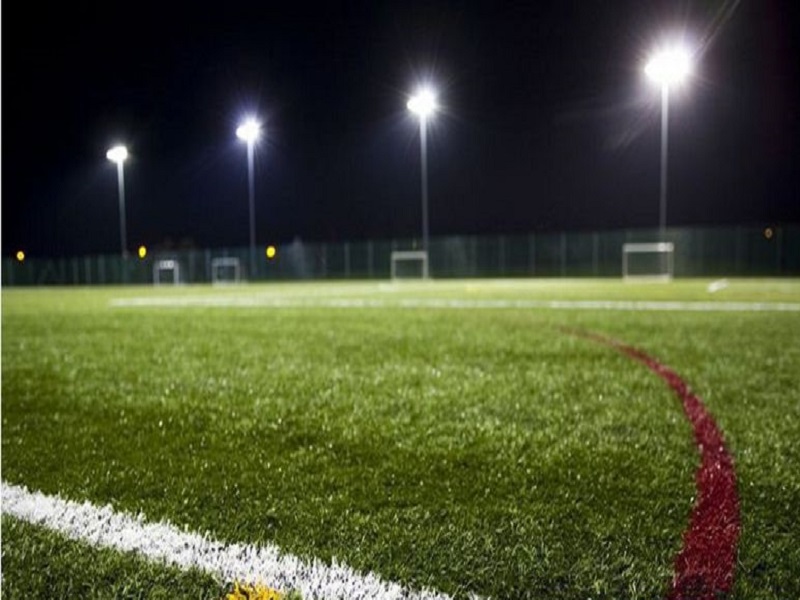
- 3g Grass Installation in Bournemouth, Dorset
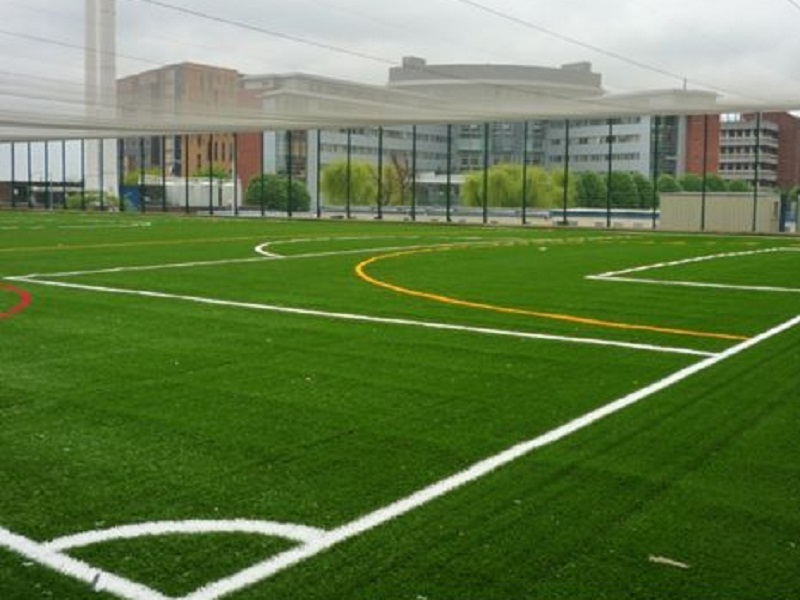
- 3g Grass Pitch Installation in Bradford, Yorkshire

- 3g Pitch Construction in Birmingham, West Midlands

- 3G Sports Pitch Construction
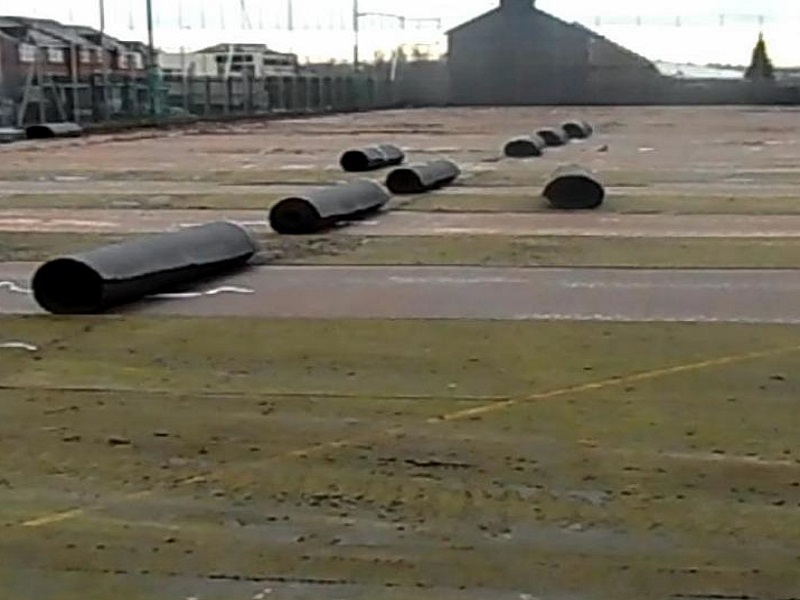
- 3g, 4g, 5g, 6g Artificial Synthetic Grass Pitches Explanation
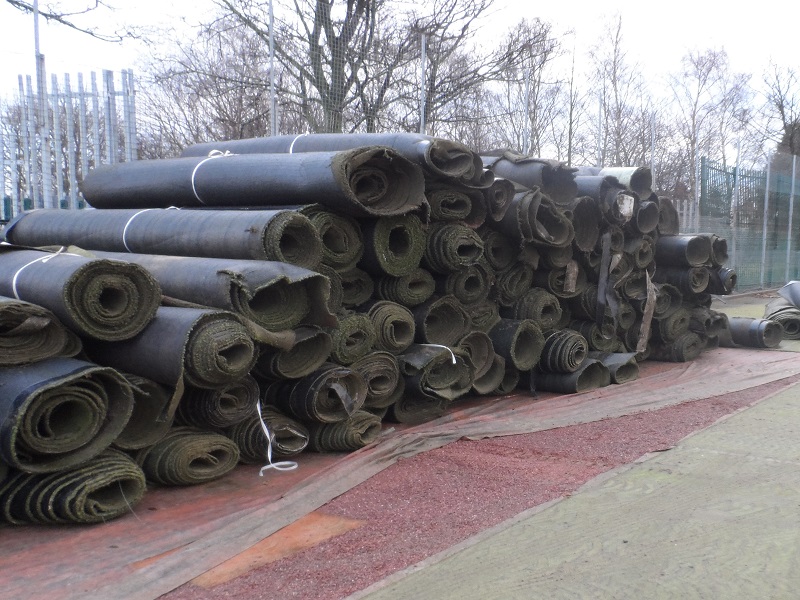
- 4 Reasons Why Schools Have Artificial Grass
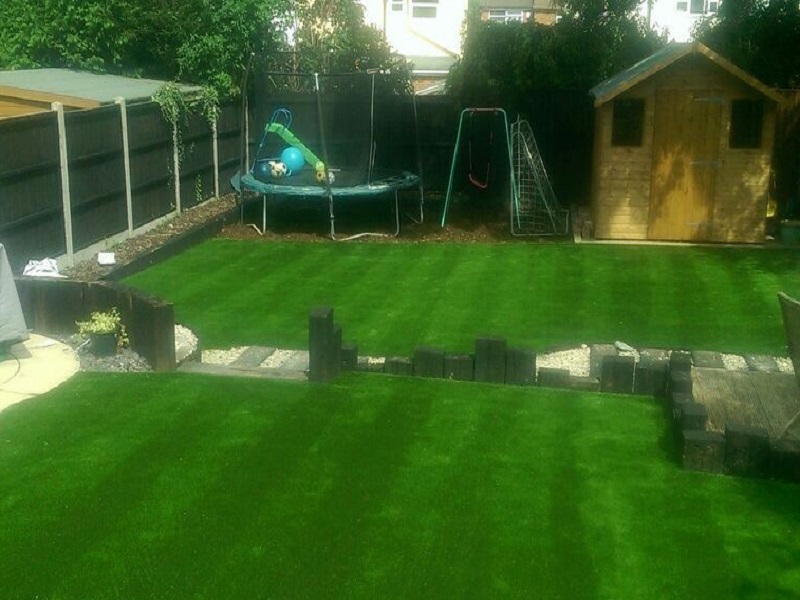
- 4g Grass Football Pitch Sports Surfacing Synthetic Turf Carpet
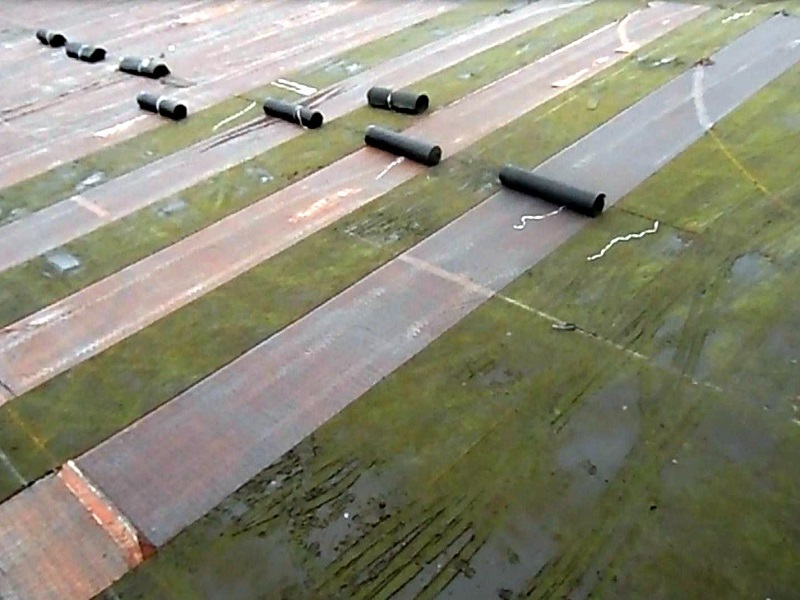
- 5 Reasons Why Your Artificial Grass May Have Melted
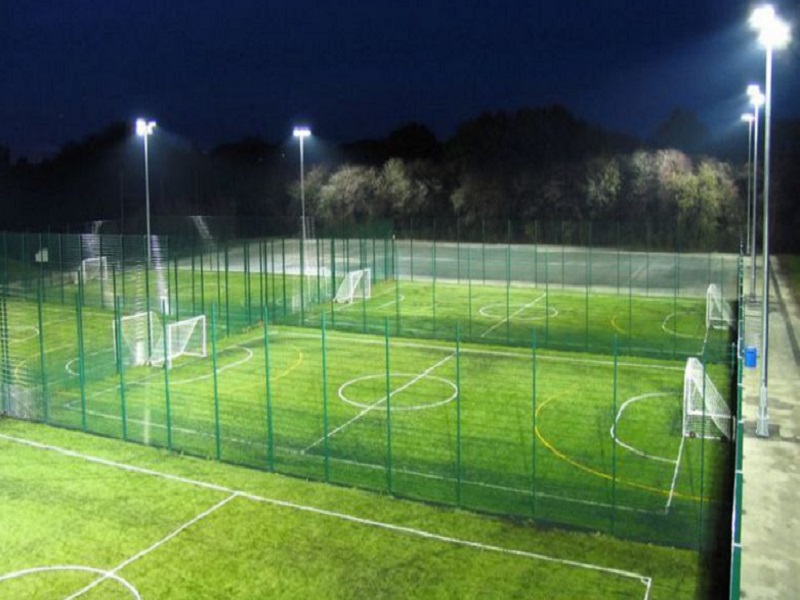
- 5-a-Side Football Pitch 3g Artificial Grass Surfacing in Liverpool

- 5-a-Side Football Pitch Construction With 3g Artificial Turf
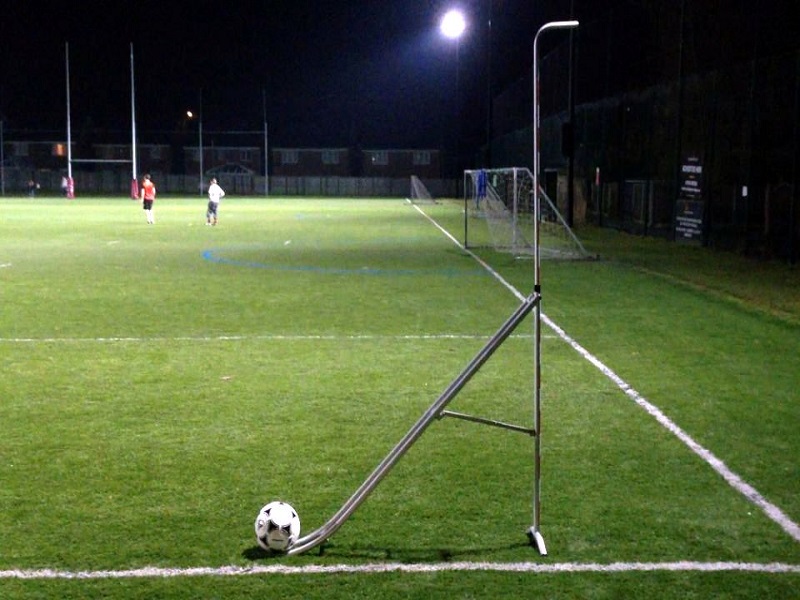
- Artificial Grass and Rubber Mulch Surfacing in Derby, Derbyshire
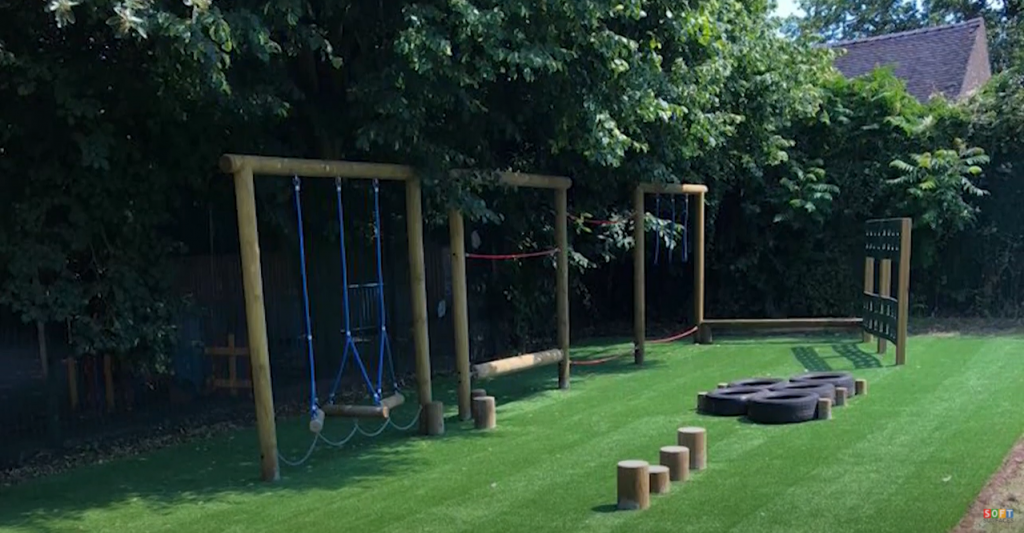
- Artificial Grass and Wetpour Pathway Installation at a School in Birmingham
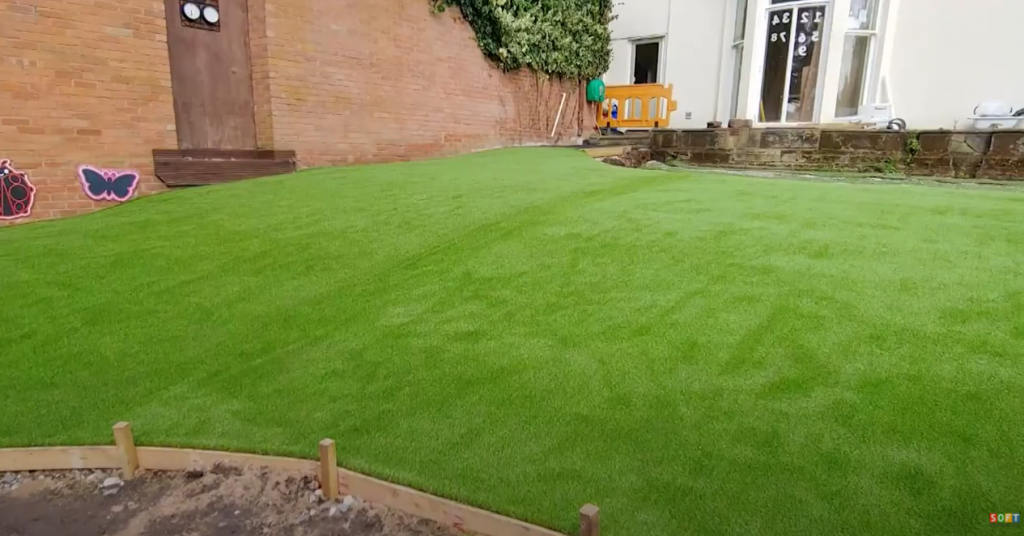
- Artificial Grass and Wetpour Roadway Construction in Liverpool
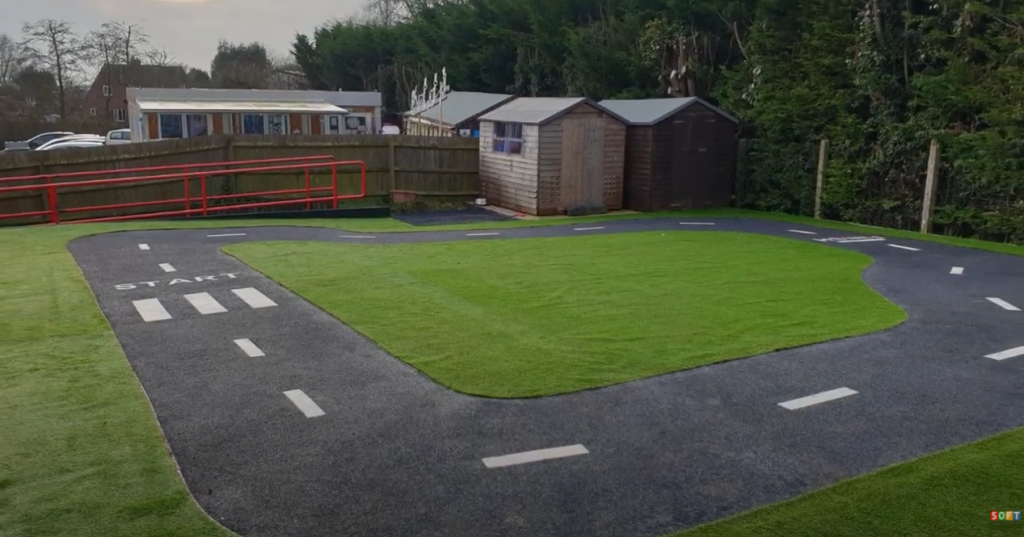
- Artificial Grass Football 3G Pitch Costs
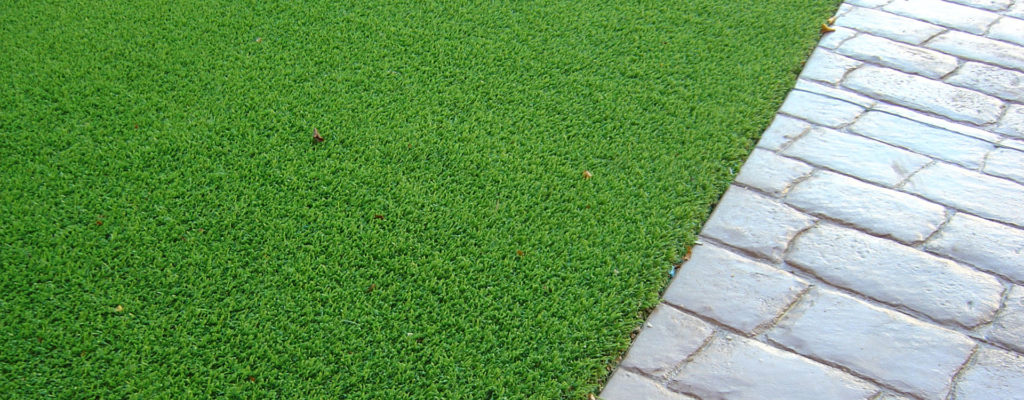
- Artificial Grass Installation in Swarkestone, Derby

- Artificial Grass Nationwide
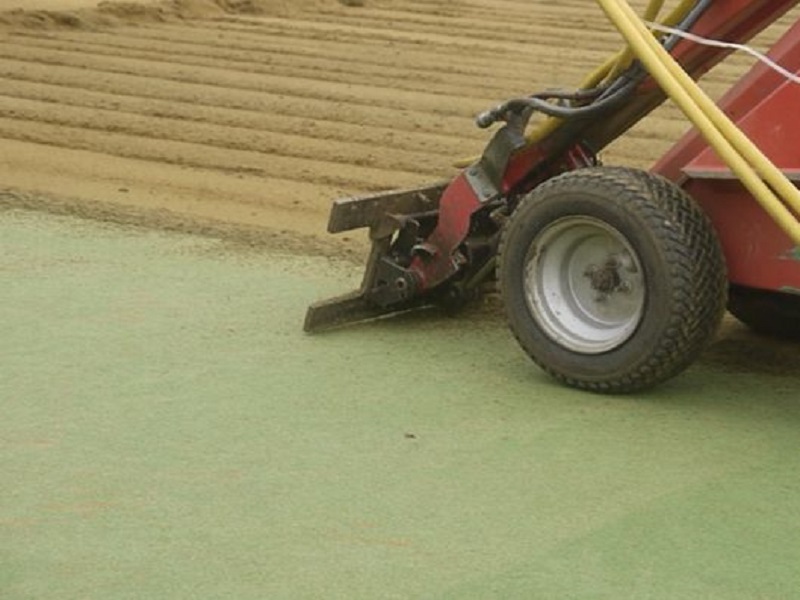
- Artificial Grass Nursery Play Area Flooring
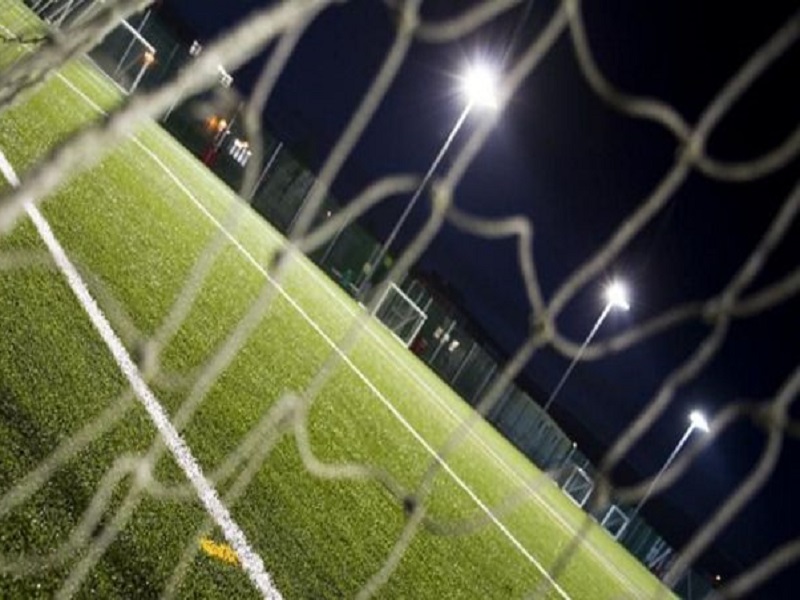
- Artificial Grass Pitch Construction in Liverpool, Merseyside
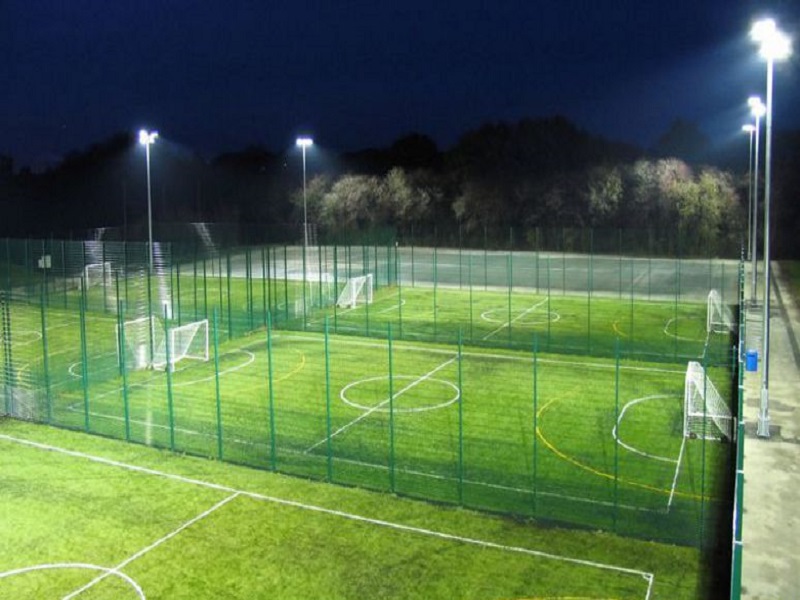
- Artificial Grass vs Natural Garden Lawns
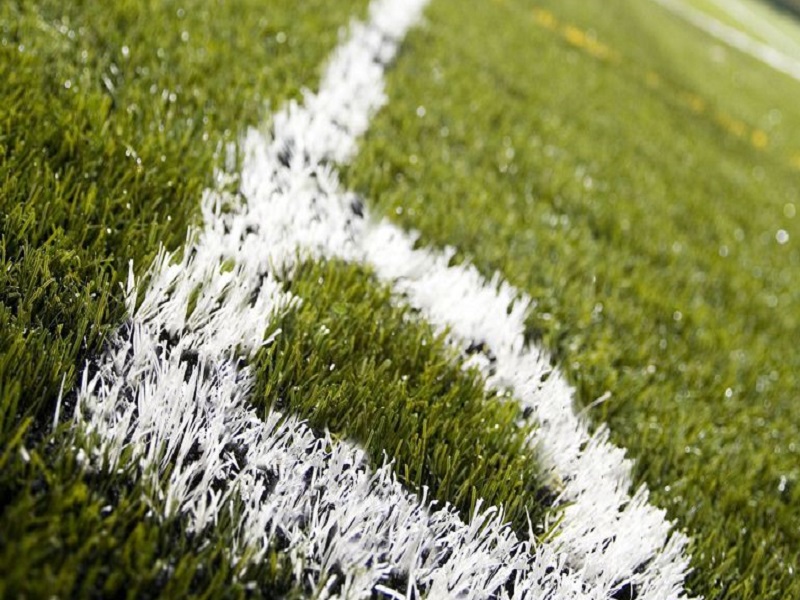
- Artificial Grass with Rubber Shock Pad Installation at St Ann's Hospital, London
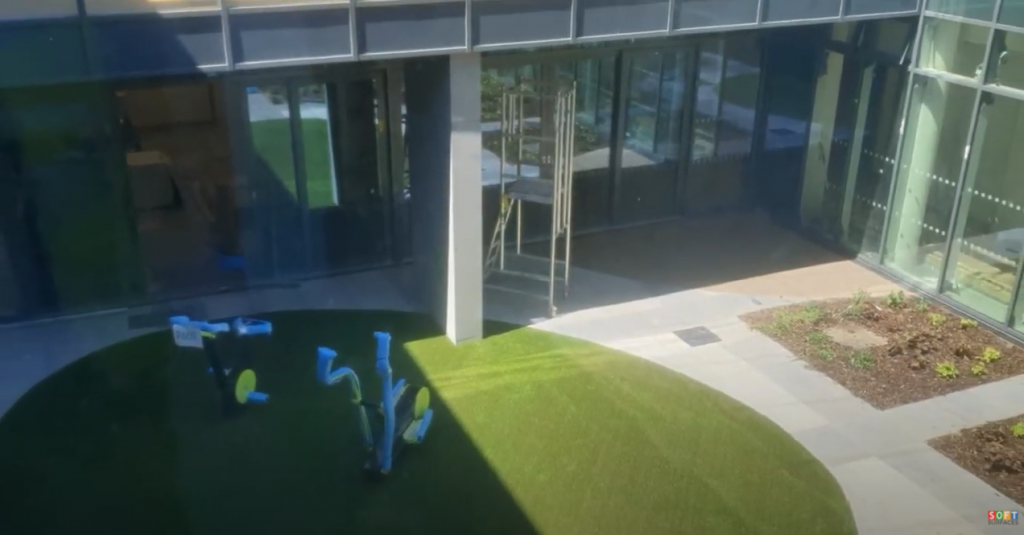
- Artificial Grass With Rubber Shockpad Installation in London
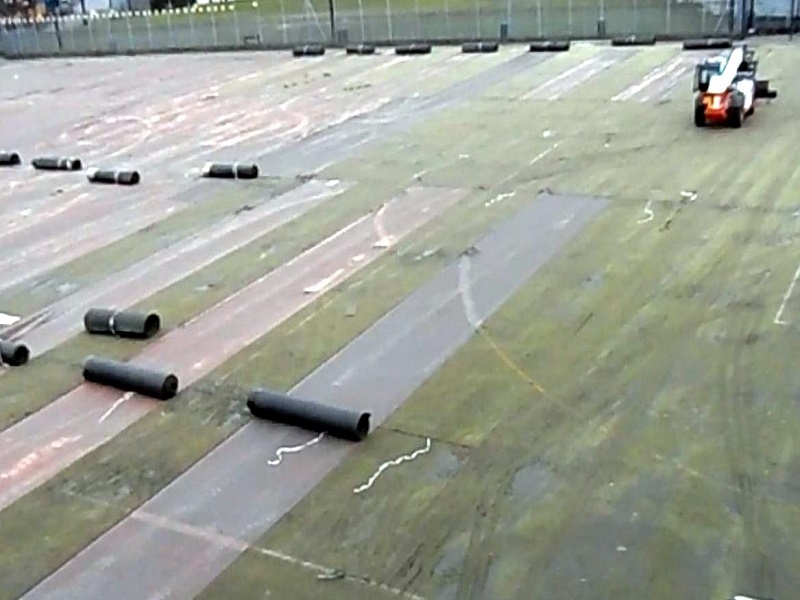
- Artificial Pitch Framework Contractors
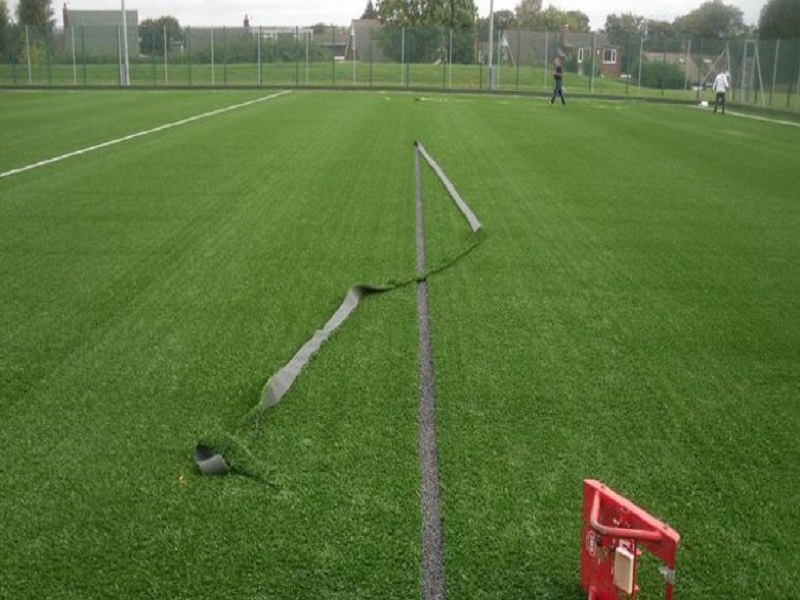
- Black Wetpour & Artificial Turf Construction at a Nursery in Harlow, Essex
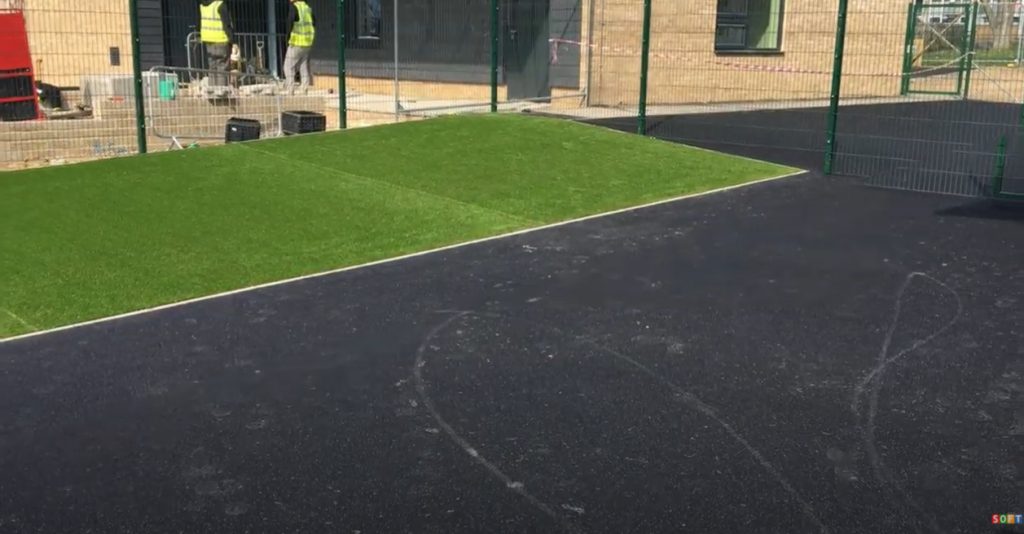
- How Is Artificial Grass Installed?
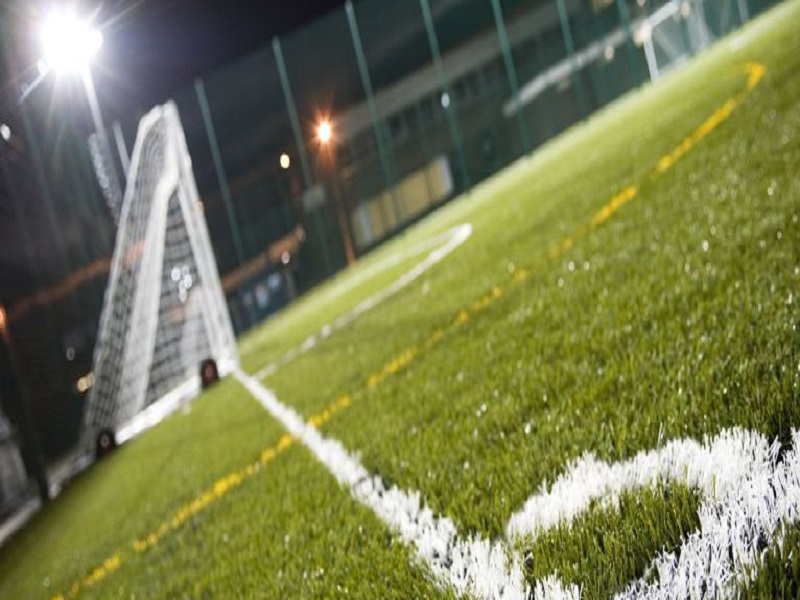
- Outdoor Artificial Grass Installation in Manchester

- Playground Grass Mats Safer Flooring

- Rubber Playground and Artificial Grass Surfacing in Middlesborough, Yorkshire
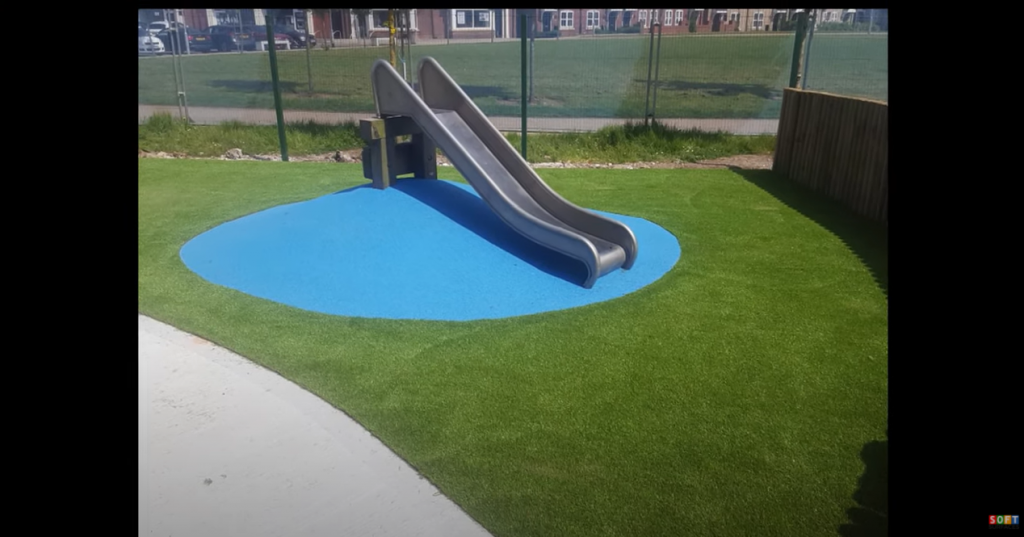
- Rubber Playground Flooring With Artificial Grass in Worthing, West Sussex
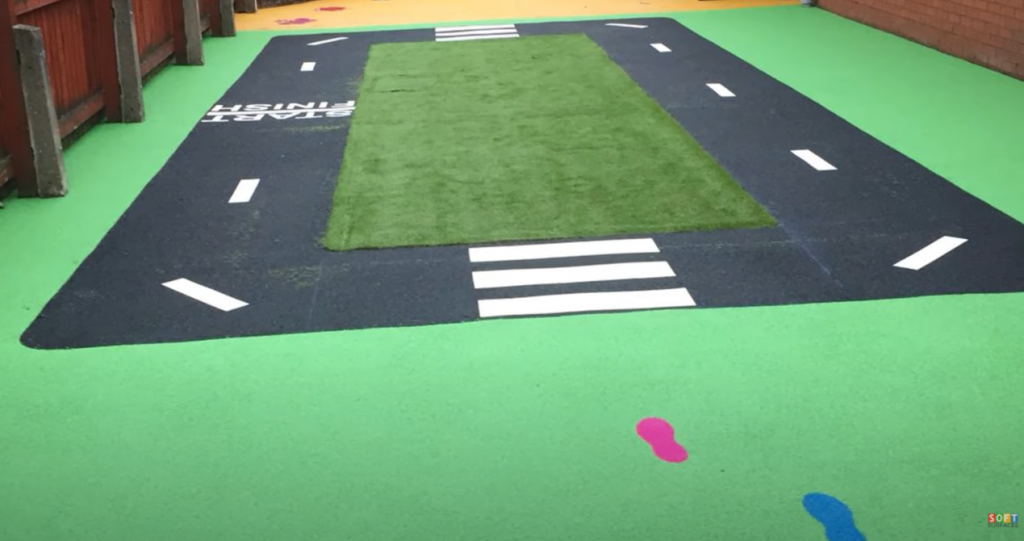
- Synthetic Grass Surfacing Options

- Synthetic Turf Tennis Court Installation in London
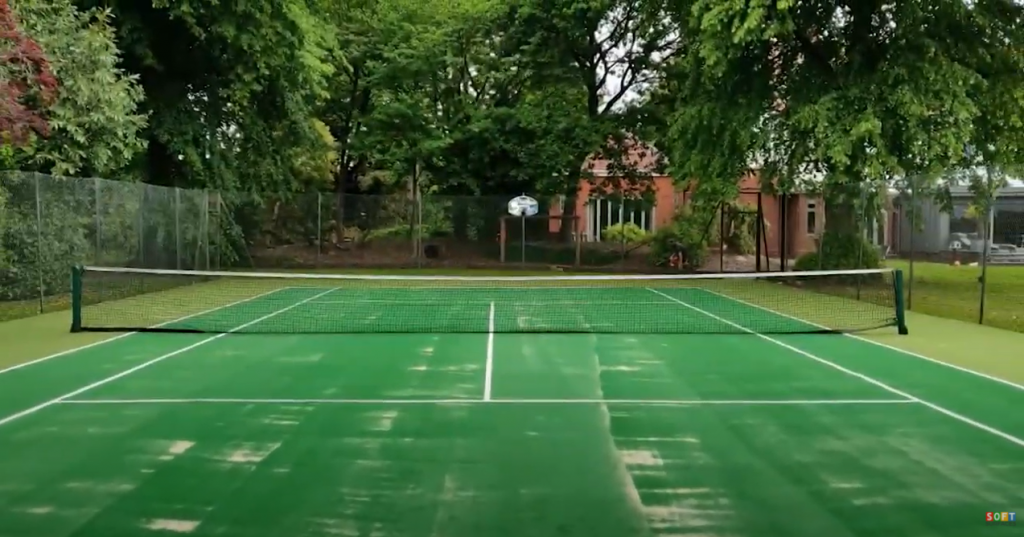
- Wet Pour Surfacing and Synthetic Turf Construction in Worthing, Sussex
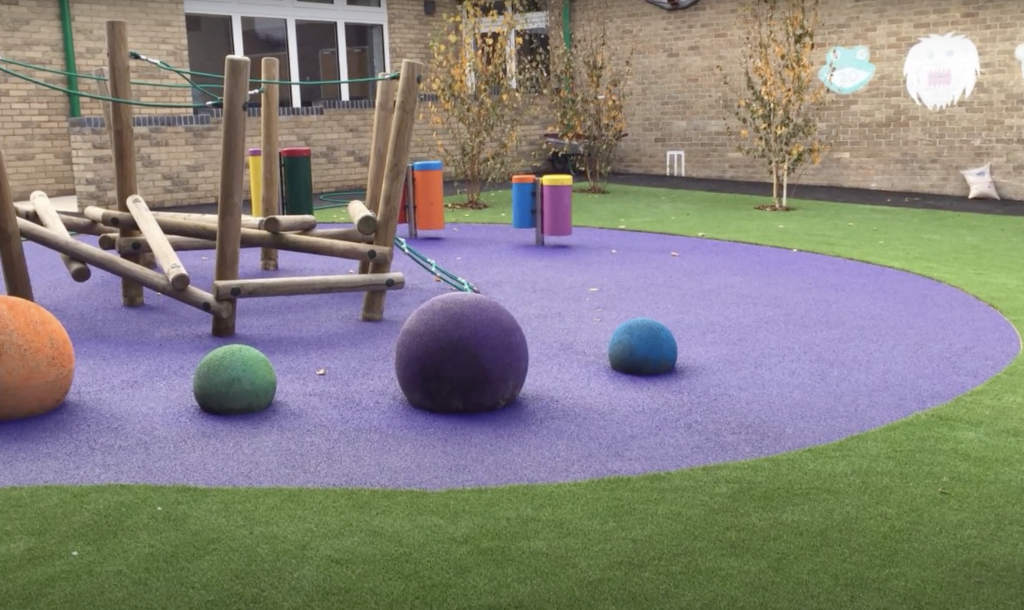
- Wetpour & Artificial Grass Installation at Hillview Hospital, Wales
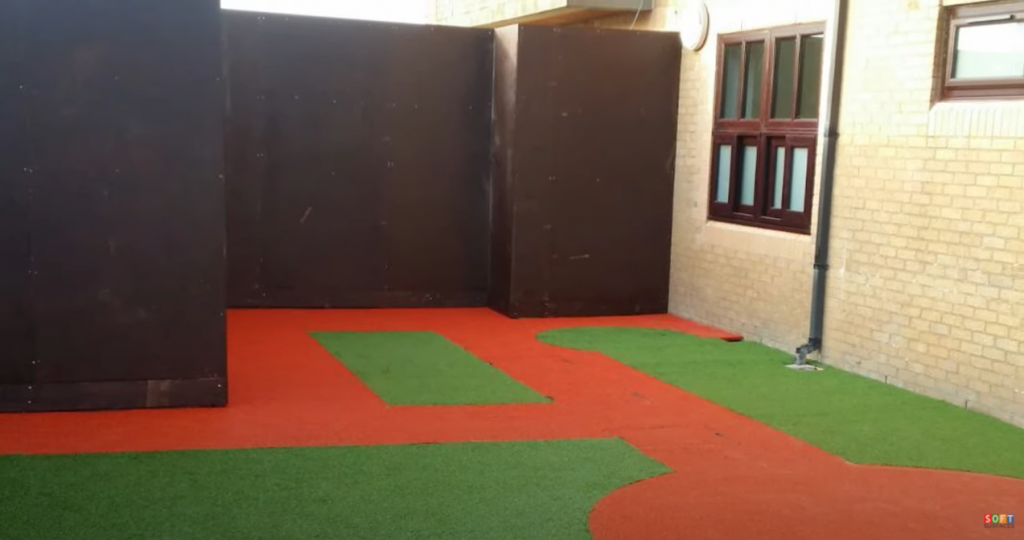
- Why Choose Artificial Grass for Your Garden?

Contact Us
If any of this interest you, then send us your enquiries now! We offer free no obligation quotations and only the best prices are guaranteed for you. Designs can become reality through us as we will try our hardest to make sure every aspect of your design is met.
Get expert advice, today call us on
Get a FREE quote from our award winning team